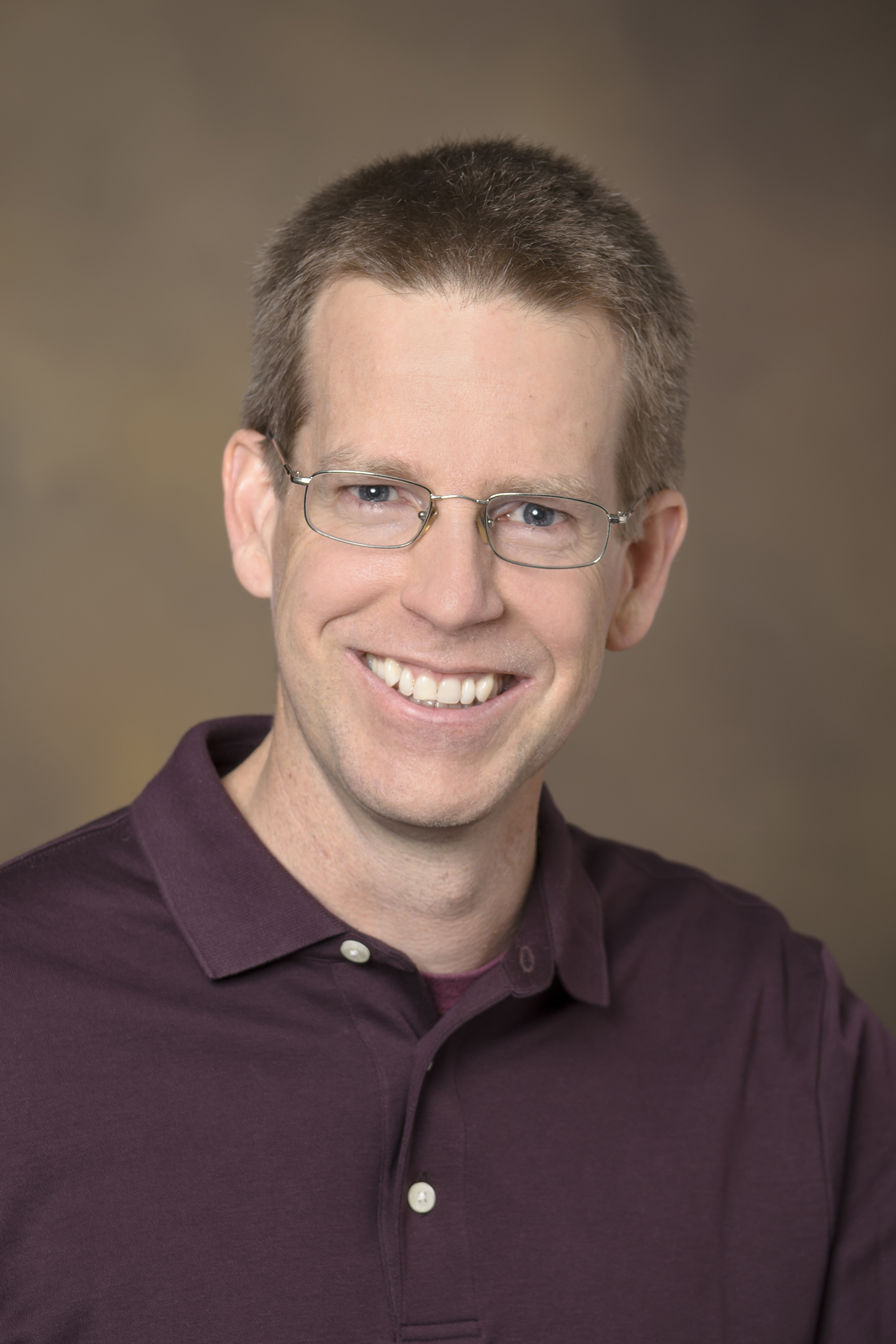
Thanks to the generous gifts from friends, family, and colleagues, the Showman Distinguished Visiting Lectureship, established in memory of LPL Professor Adam Showman, has been fully endowed. This fund will allow us to bring guest lecturers to the UArizona campus in Adam's memory, in perpetuity.
The first Adam P. Showman Distinguished Visiting Lecturer will be announced in the Fall of 2021. This distinguished scholar will engage with our students and share the latest scientific discoveries from among Adam’s great diversity of interests. We can think of no better way to honor both the joy Adam exhibited in his work and his broad perspective than by bringing an outstanding scholar that embodies the same passion for scientific discovery to campus.
Adam P. Showman passed away unexpectedly on March 16, 2020, at his home in Tucson, Arizona. The international planetary science community lost an outstanding theorist, dedicated teacher, and a sought-after collaborator to a world-wide network of exoplanet astronomers.


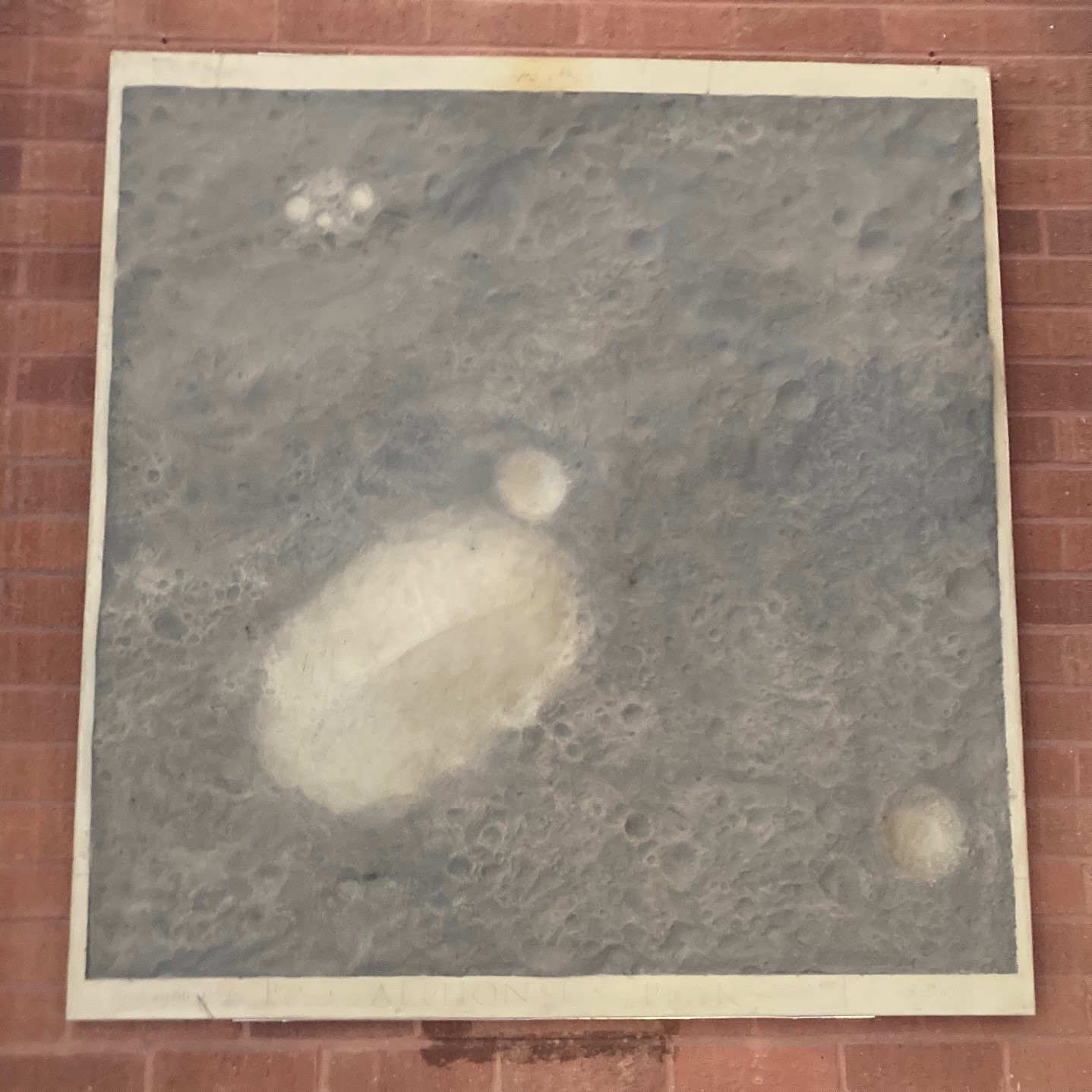
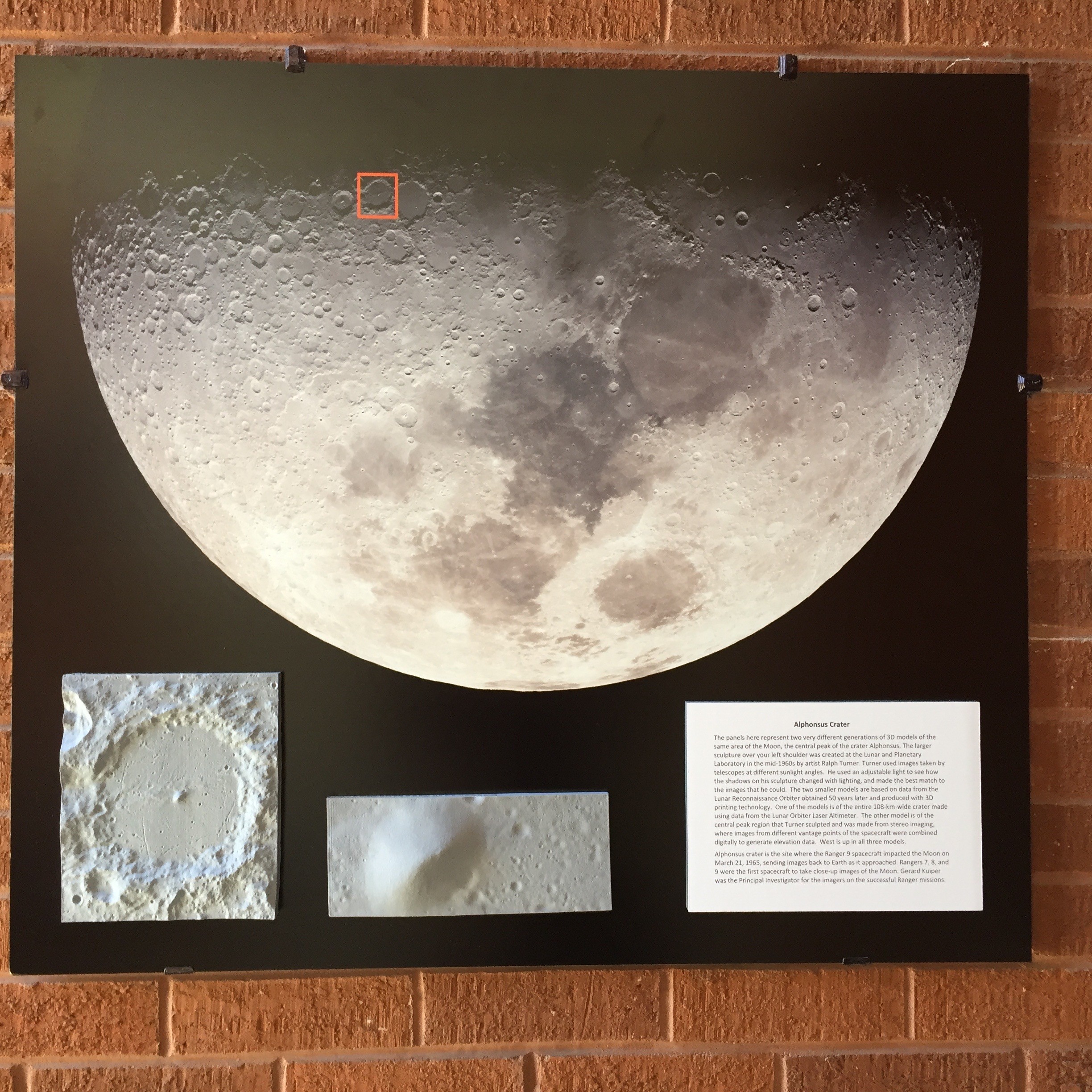
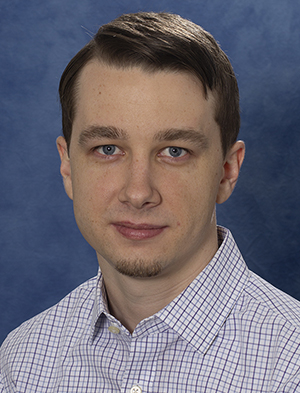 Shane Stone's dissertation defense was held on April 23. The title of his dissertation is Martian Upper Atmospheric Thermal Structure, Composition, and Water and Their Significance for Atmospheric Escape and Evolution.
Shane Stone's dissertation defense was held on April 23. The title of his dissertation is Martian Upper Atmospheric Thermal Structure, Composition, and Water and Their Significance for Atmospheric Escape and Evolution. 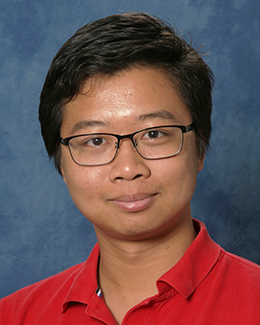 Daniel Lo defended his dissertation, Carbon Photochemistry and Escape in the Present-day Mars Atmosphere, on May 6. Daniel was advised by
Daniel Lo defended his dissertation, Carbon Photochemistry and Escape in the Present-day Mars Atmosphere, on May 6. Daniel was advised by 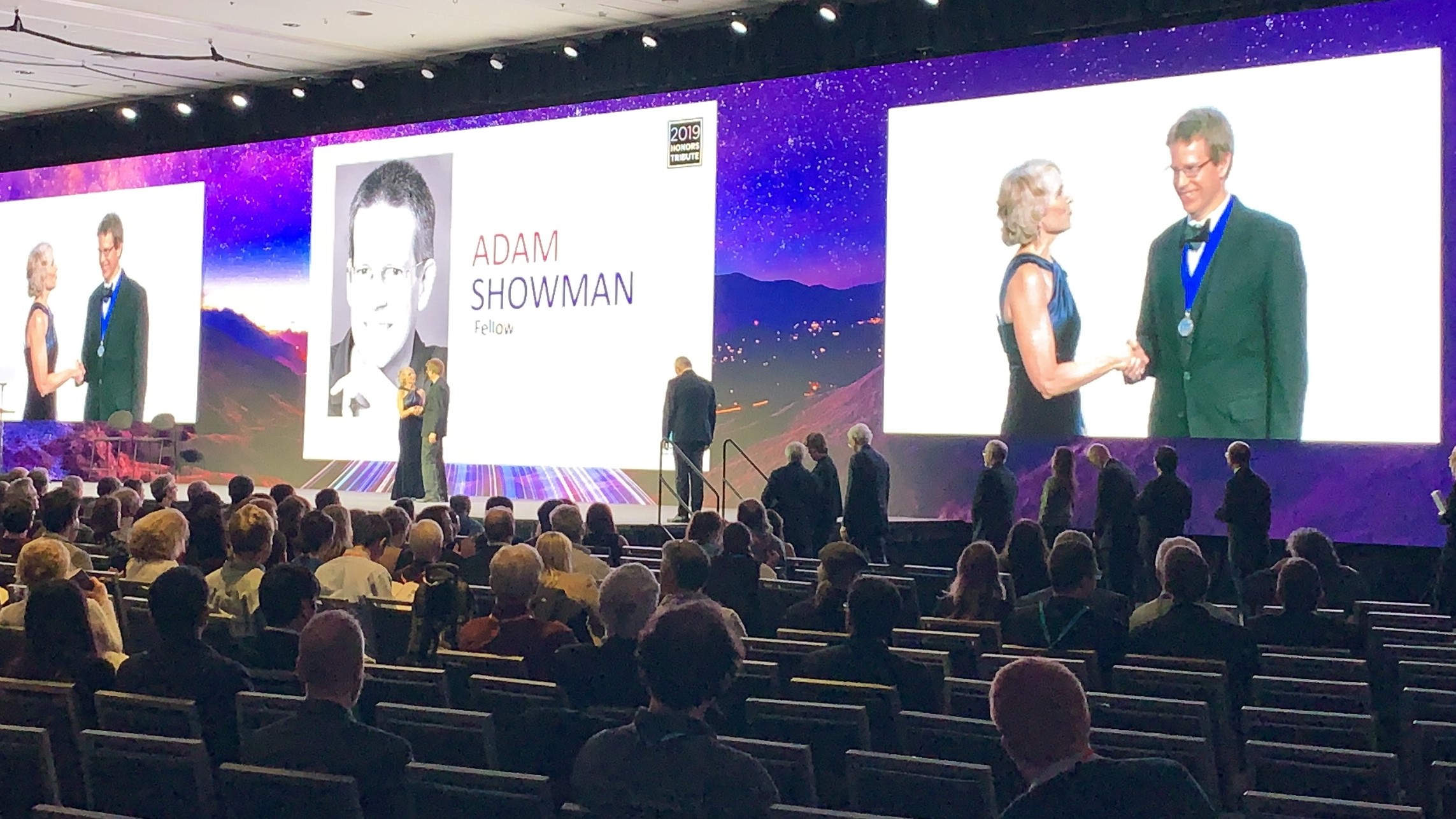
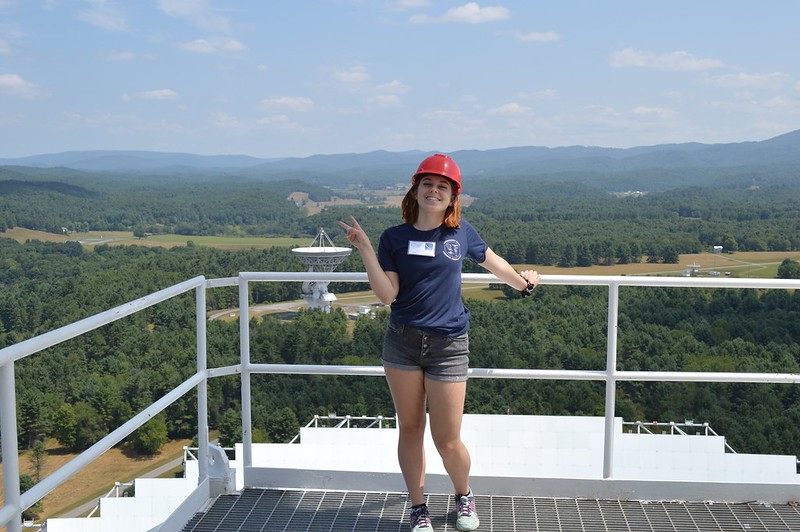

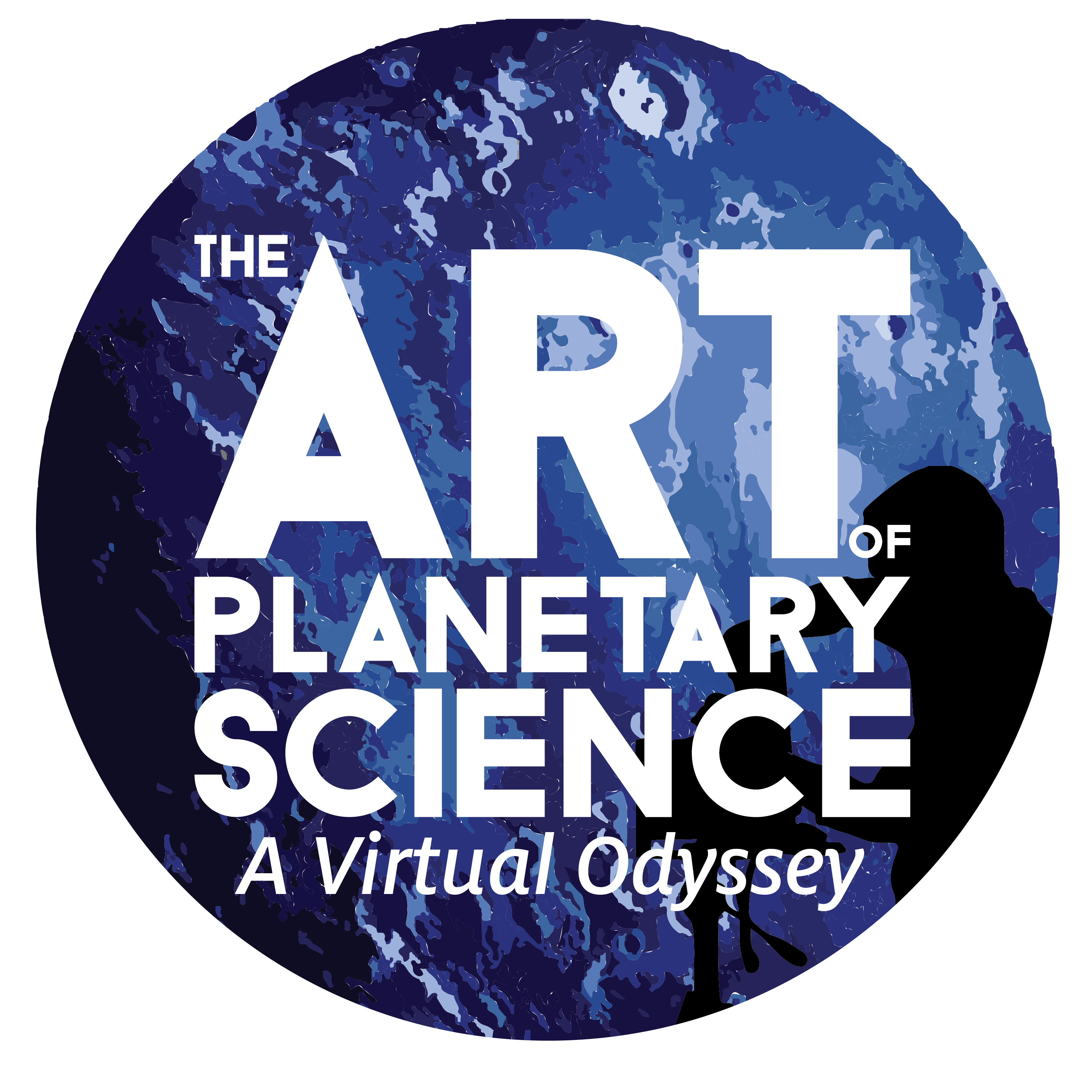
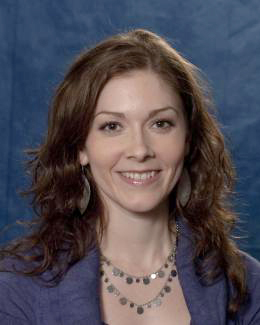 Anjani Polit
Anjani Polit